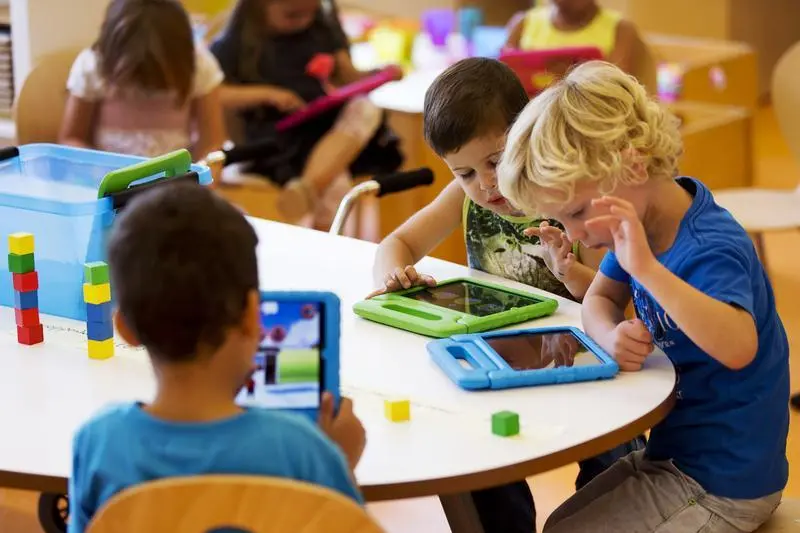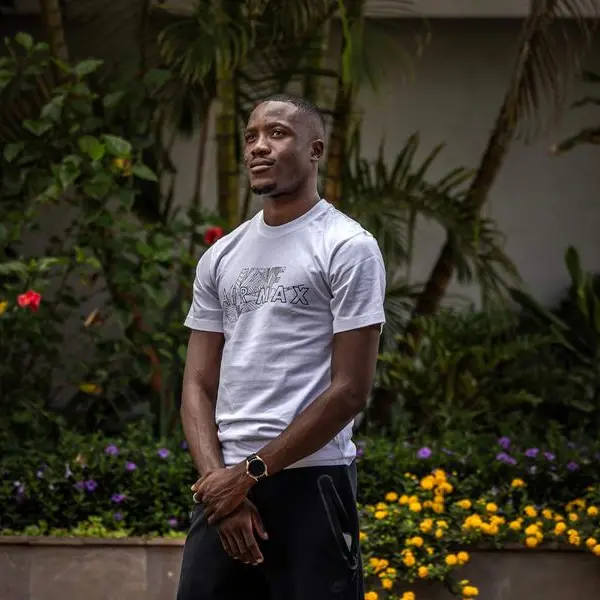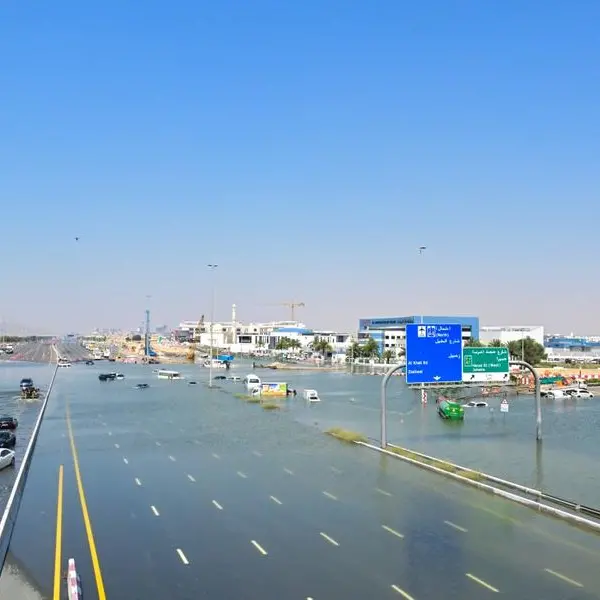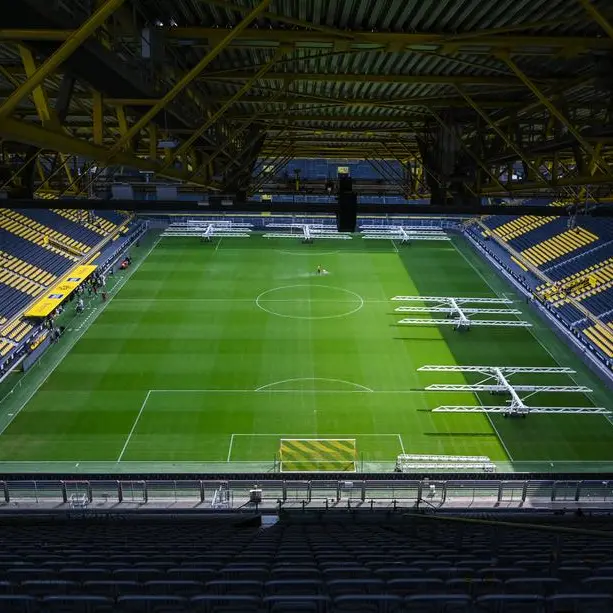PHOTO
Developed in the 1970s under the philosophy that Finlands population are its most important asset, the countrys modern education system is free for all citizens. Youngsters are sent to their local school, regardless of their social and financial standing and all children are given an equal opportunity to succeed.
This approach to prioritising education has seen Finland rise from a relatively impoverished country to one of the wealthiest and advanced nations on earth in just 100 years since gaining independence from the Russians.
It is an education system thats funded by the taxpayers and while taxes are indeed high, it has allowed for a situation where every citizen is entitled to lifelong study and personal development.
In Finland, children dont start attending school until the age of seven, which is relatively late compared to other nations such as the UK. This is based on the philosophy that children need time and space to play and develop into healthy members of society. Parents are commonly afforded large periods off work to spend time with their children and kids are only introduced to the formal education system at the age of six, when they participate in pre-primary education.
To illustrate just how much of a priority education is, in 2016 it was calculated that the government spends $8,519 (Dh31,288) each year on each pupil. All of the kids school materials such as books and stationery are provided free of charge. Moreover, Finland was the first nation on earth to provide its students with free school meals when it introduced the policy in 1948.
This means that each child is fed healthy, environmentally friendly meals, with many schools offering organic and vegetarian options to their kids. This means that each child receives sufficient nutrition to ensure that they maintain their energy levels throughout the day and stay fit and healthy.
Decentralised curriculumAlthough the basic objectives and the division of time between different subjects is decided by the Finnish government, each municipality has the freedom to provide individualised curriculums, which are tailored specifically to each childs needs. Rather than treating children as faceless numbers, schoolteachers are able to target key areas in a childs development, where they may be struggling with issues such as literacy or arithmetic.
This trust and respect in the teaching staff is reflected by their high standing within society and the fact that all teachers must hold a masters degree in the subjects they teach.
A communal approachIn Finland children between the ages of 7 and 16 attend the same school. A large portion of pupils either cycle or walk to school and they all leave their jackets and shoes in the hallway when they arrive for the day. The idea behind this is to create a community atmosphere, which is free from hierarchical constraints and intends to make each child feel they belong.
The aim of this approach is to encourage children to mix with each other and learn skills such as independent thinking and debate, which will allow them to become adults who are more effective when they enter the workplace.
This alternative approach is reflected in the length of the school day, which is shorter than equivalent European countries. This philosophy is also carried across to homework, where Finns are assigned very little in comparison to those in other countries.
The idea is simple. Although the school day is shorter, it is also more efficient, allowing pupils to pick up the skills they need in less time.
Environments for learningLessons are as long as 60 minutes but they can be shorter. Between each class is a 15-minute recess, where children are encouraged to enjoy themselves outside to ensure that they can maintain their concentration levels when they return to the classroom and dont become restless.
Schools are also designed to be more flexible than just the classroom format. There are different communal areas, where children can sit and collaborate with their classmates on projects, and even sound-proofed quiet areas for when they need to study more independently. This multifunctional use of space also means that teachers or assistants have the freedom to take pupils aside for private conversations if they feel they need particular attention.
Taking responsibility for your own educationThe Finns dont adhere to the idea that teachers should be disciplinarians, coercing children into obeying their commands. Step inside a Finnish school and you will see teachers interacting with children almost as if they were adults. They are encouraged not to talk down to kids and if there are any issues such as anxiety, the teacher will discuss this with the pupil on a social level.
This sense of empowering children by treating them as young adults is applied to how children are encouraged to take responsibility for their personal education goals. Kids are asked to assess their progress and discuss all elements of their education from personal emotions up to the areas they feel most passionate about or areas where they think they are struggling.
The idea is that this will familiarise the children with strategic learning and encourage them to pursue education not just during their school years but also for their entire lives.
Offering additional supportFinlands democratic approach to education extends to those pupils who are struggling with particular subjects. The philosophy that all pupils deserve the right to the best possible education, regardless of their initial aptitude is extended to those with special needs such as reading difficulties.
These students are identified and then taken aside in small groups or with specialist assistants to try to pull them back up to speed.
This even applies to children with more severe problems such as a disability. In fact, in some cases, children with mental or physical health issues are given a compulsory education that must last for 11 years.
The results speak for themselvesWhile a philosophy is easy to criticise with assertions of being overly liberal or not pushing the children hard enough so that they wont be shocked when they meet the challenges of the real world, what you cant argue with are the results.
In studies by the Organisation for Economic Cooperation and Development (OECD), 15-year-olds from Finland have consistently scored top positions for science, reading and mathematics literacy around the world.
And, when you look at the fact that 40 per cent of 30-34 year olds have earned a higher education degree, it would appear that maybe there are more than a few lessons that we can take from the Finnish system of education.
Al Nisr Publishing LLC 2017. All rights reserved. Provided by SyndiGate Media Inc. (Syndigate.info).












